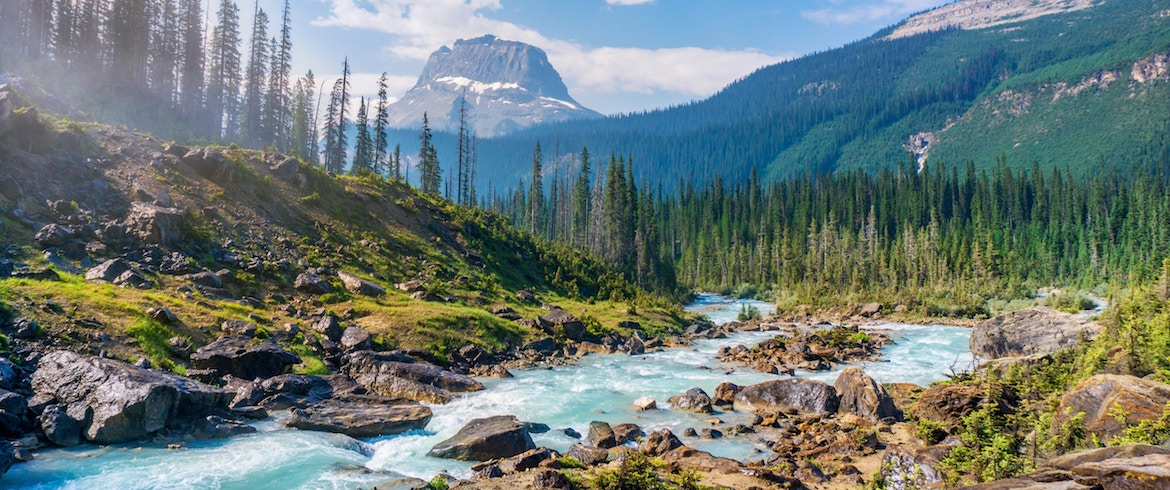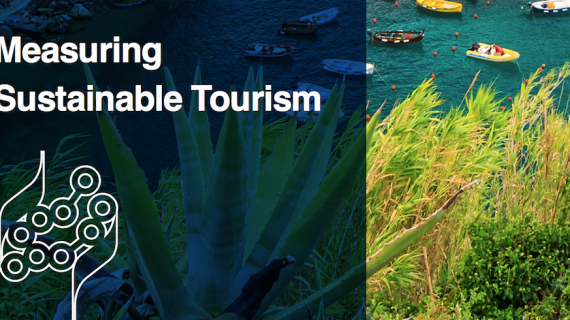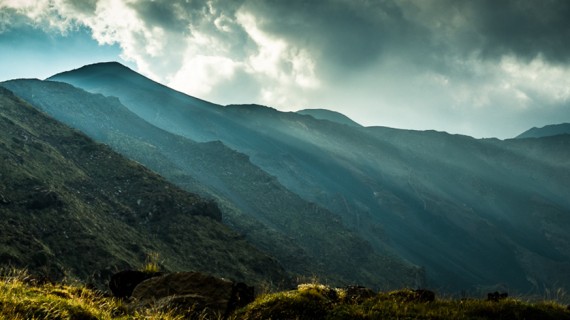In the United States there are immense parks, whose total surface exceeds that of Italy and Switzerland put together: it is a network of national parks composed of 401 reserves and 49 areas of “national interest” distributed in all the states of the Federation. Every year the Congress allocates just over 3 billion, but it is not an expense. It is an investment, a great investment. In fact, for every dollar invested, the US Parks system produces 12 dollars, thus contributing with 40 billion to the national economy. And this considering only the direct relapses.
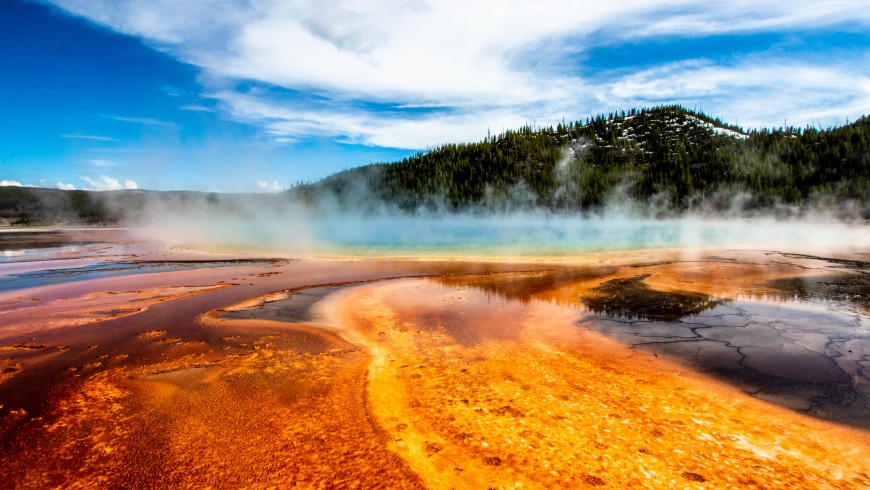
The parks are the engine of the economy of local communities: the millions of visitors with their expenses allow for the existence of 329 thousand jobs between direct and induced for a total of 13.6 billion dollars in wages, numbers that are in continuous growth (+ 47% in 5 years).
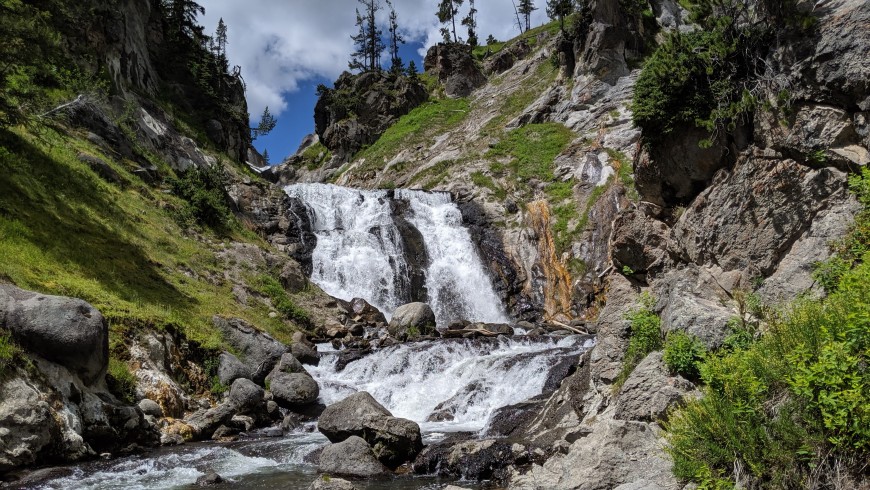
Analysts talk about Park Effect and there is no doubt that it works in the United States, demonstrating that nature and in particular natural parks can be not only an instrument of environmental protection, but also an important economic resource.
National Parks Benefit YOU!
In 2018, visitor spending in communities near national parks resulted in a $40.1 billion benefit to the nation’s economy and supported 329,000 jobs. Learn more at https://t.co/NTu3mlP4Xu
What parks have you visited in the last year?#FindYourPark pic.twitter.com/lB8sJuXT0d
— NationalParkService (@NatlParkService) 23 maggio 2019
Is there a Park Effect also in Italy?
If in the United States the calculation of the economic repercussions of nature reserves is the subject of a precise analysis carried out every year, in Italy these types of reports are lacking. But there are some elements that seem to indicate that the Park Effect is also possible here. In a report of the Ministry of the Environment a few years ago we read: “Between 2011 and 2013 the added value produced in the national parks decreased by only 0.6% while in the rest of Italy the negative variation was three times superior (-1.8%). This capacity found in many green areas is the result of a mix of economic growth, environmental sustainability, quality production, respect for knowledge and traditions“. Also in the same report, we discover that the national parks record the highest added values: like the Stelvio with 22.491 euros, the Tuscan Archipelago with 20.991 euros and the Cinque Terre, with 20.918 euros.
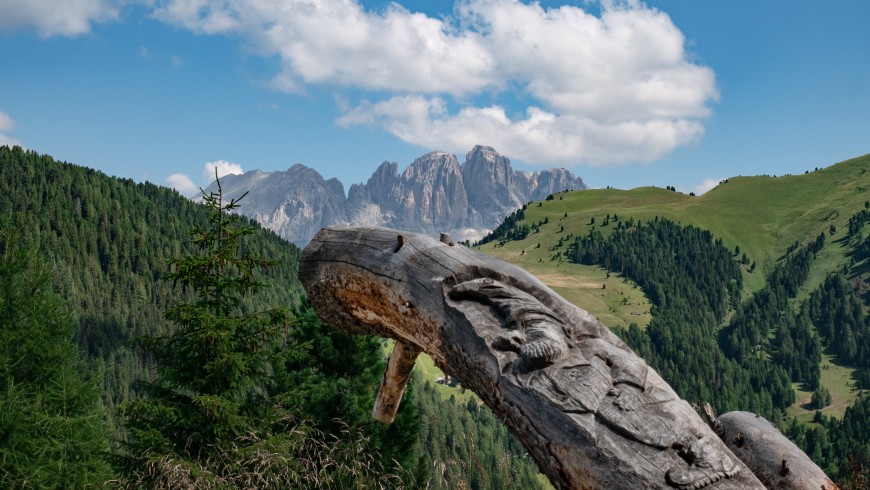
The Park Effect also seems to exist in Trentino, the Autonomous Province of Trento has calculated that 14% of visitors arrive just to enjoy the beauties of its parks: almost 100 thousand people, 900 thousand overnight stays and 70 million direct expenditure, which rises to 300 millions if you add also the repercussions of those who visit the protected areas despite not representing the main reason for choosing the holiday destination.
